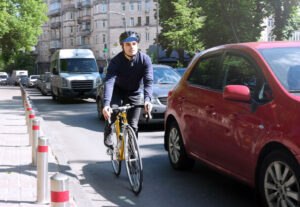
As more individuals opt for cycling, either for its environmental benefits, health advantages, or sheer enjoyment, sharing the road with motor vehicles becomes an essential topic of discussion. Just like drivers, bicyclists are responsible for ensuring safety for themselves and others on the road. Here are some strategies for safe cycling and how to coexist with vehicles on the road.
Be Visible
A leading cause of bike accidents is limited visibility. If a driver can’t see you, an accident will likely occur. Take these steps to increase your visibility:
- Bright Clothing: Wear brightly colored clothing during the day to make it easier for drivers to spot you.
- Lights and Reflectors: If you’re riding in low-light conditions or at night, use white front lights, red rear lights, and reflectors on your bicycle. Consider adding reflective tape to your clothing or wearing a reflective vest.
- Avoid Blind Spots: Be especially careful near trucks, buses, and other large vehicles with larger blind spots. Never assume the driver can see you.
Use Hand Signals
Many bike incidents occur at or near intersections, so it is important to always use hand signals to indicate when you’re turning left, turning right, or stopping. A driver cannot anticipate what you will do without warning, and hand signals communicate your intentions. Accidents are less likely to happen when everyone knows what everyone else will do.
Ride in Designated Bike Lanes
The purpose of a protected bike lane is to keep you safe, and it can only do that if you ride in them. If there’s a bike lane, use it. If not, ride as far to the right side of the road as safely possible.
Stay Alert
Riding a bike enables you to disconnect from the frenzy of your daily life. Avoid using headphones, your phone, or anything else that might distract you. Stay aware of your surroundings, keep your eyes on the road, and watch out for opening car doors, potholes, and other road hazards.
Follow Road Rules
Abide by all traffic and bicycle laws. You’ll reduce the risk of accidents if you act like you’re driving a car and use the patterns and behaviors you do then. Cars don’t weave in and out of traffic, ignore traffic laws, or cut across multiple lanes at once. Keep yourself and others safe by riding predictably and following the rules of the road.
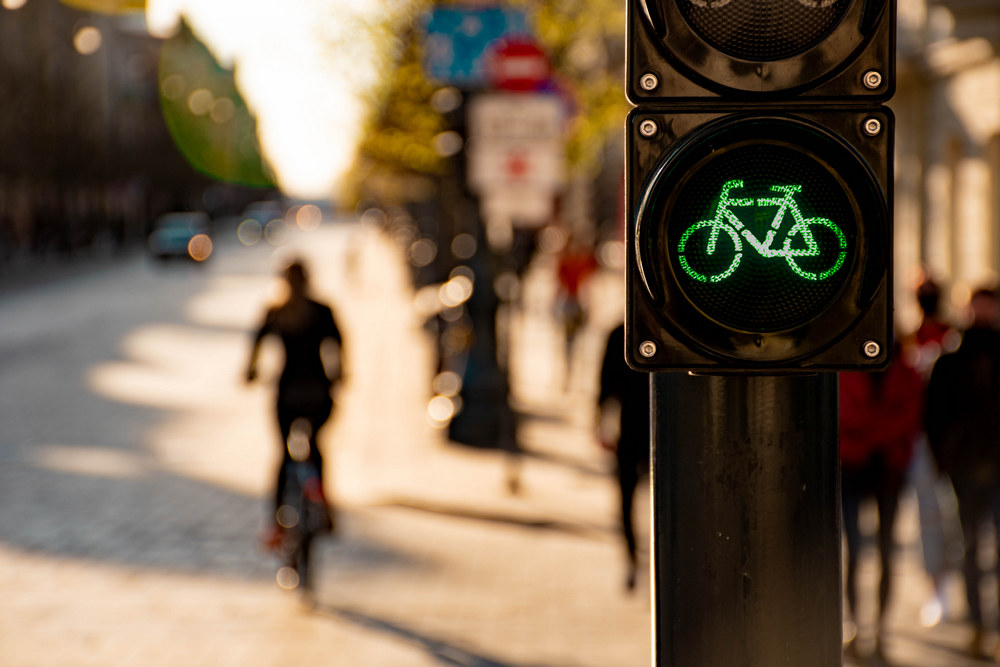
Check Your Equipment Before You Ride
Bicycle equipment malfunctions contribute to a significant number of crashes. You can reduce the risk of an equipment-related accident by checking your bike, helmet, and gear before you hit the road. Make sure your tires are properly inflated, and inspect your chains and gears for any defects, fractures, or issues.
Ride with the Flow of Traffic
Always ride your bike with the flow of traffic and in the same direction as other vehicles on the road. Accidents are much more likely to happen when you go against the grain. If an accident does happen when you’re riding against the flow of traffic, you’re more likely to be at fault for the crash.
Your San Diego Bicycle Accident Lawyer
Sharing the road with vehicles can seem intimidating, but with the right precautions and awareness, cycling can be a safe and enjoyable activity. Remember, safety is a shared responsibility. Just as cyclists should be cautious and respectful of vehicles, drivers should also be educated about sharing the road with cyclists. The road is big enough for everyone to coexist safely. However, bicycle accidents are not completely avoidable, even with the right precautions and preparedness. Contact Bonnici Law Group if you fall victim to a cycling accident and need legal assistance. We understand the legal process surrounding bicycle accidents and are here to guide you every step of the way. Call (619) 853-5101 or click here for a free consultation.
To keep up with the law, updates, and helpful insights, be sure to keep up with us by checking our monthly blogs for new materials each month.
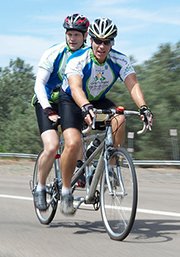





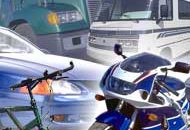


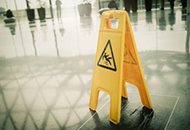
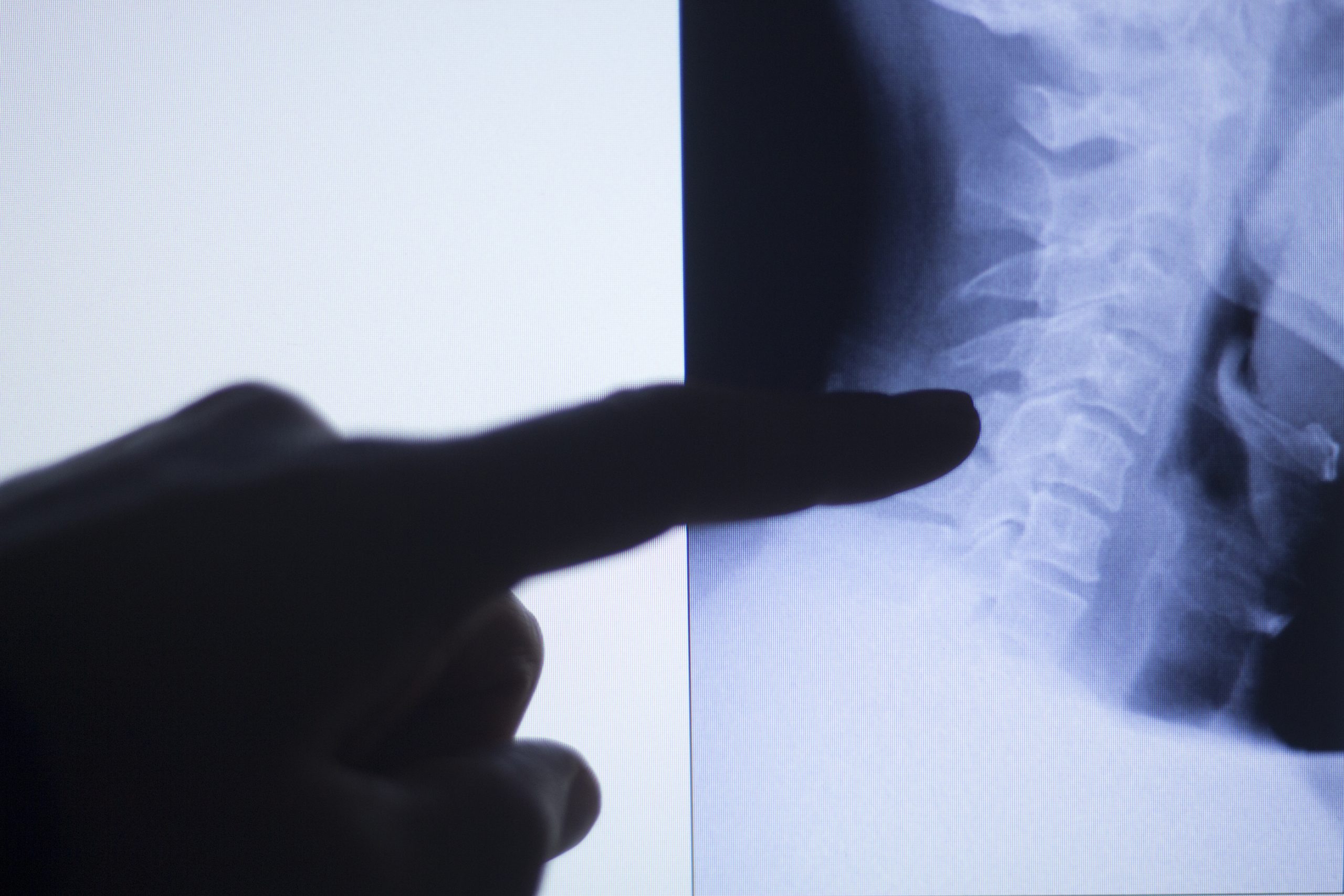

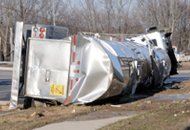
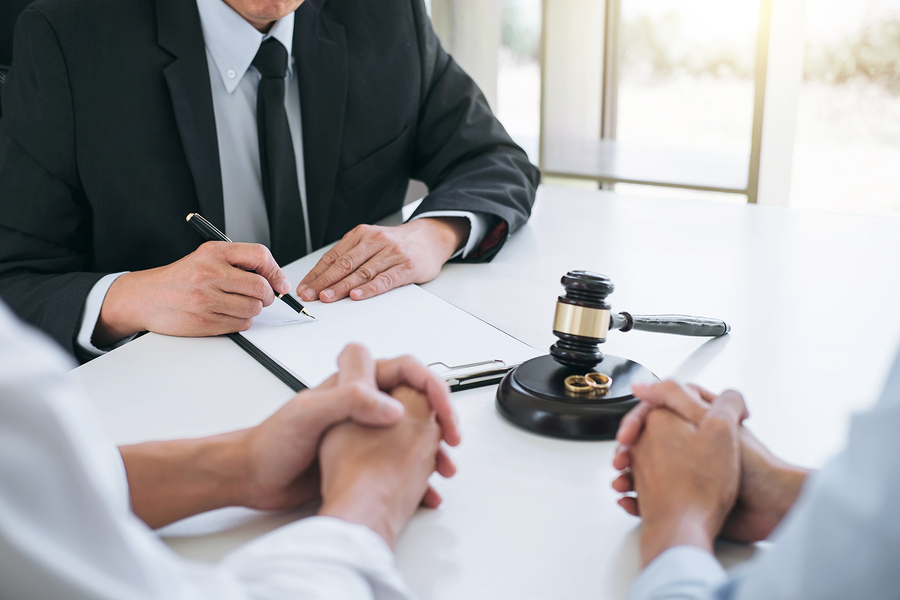


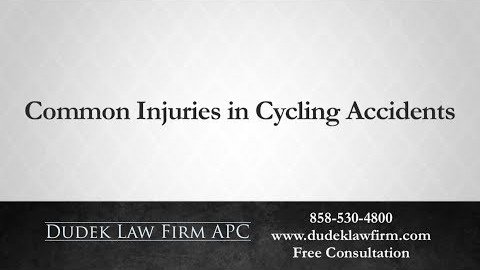





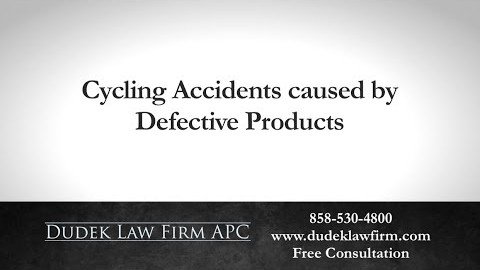


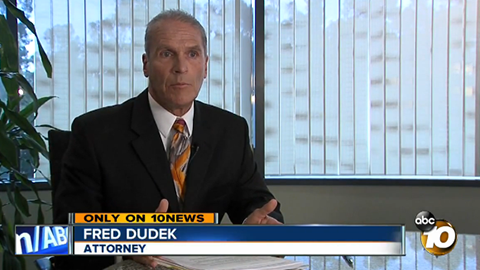
 1620 5th Avenue
1620 5th Avenue 1620 5th Avenue
1620 5th Avenue